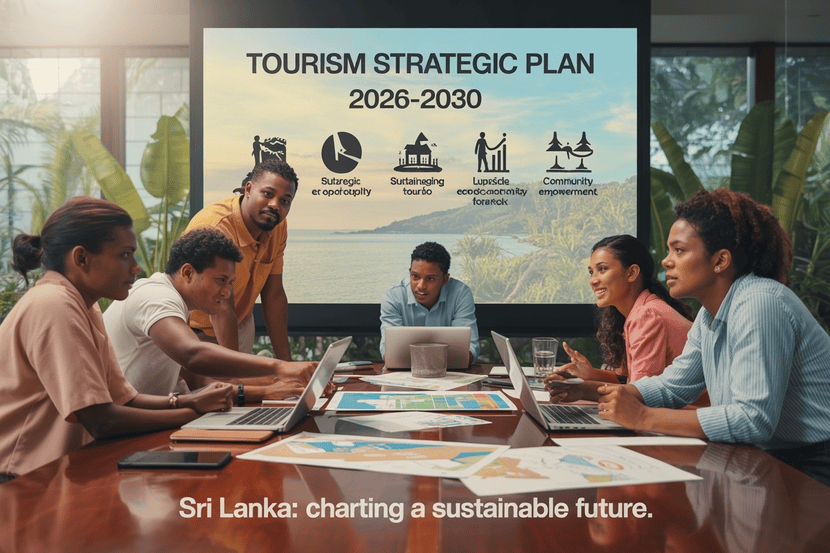≡-Russians Planning New Trips to US May Help Revive the Sinking Tourism Sector After Turning Away from Canada, China, and Europe — Is This the Relief America Has Been Waiting For? – Viral of Today
<> Viral of Today <>
Home » America Travel News » Russians Planning New Trips to US May Help Revive the Sinking Tourism Sector After Turning Away from Canada, China, and Europe — Is This the Relief America Has Been Waiting For? Thursday, July 17, 2025Russians envisioning new trips to the US could resurrect the drowning US tourism industry after abandoning Canada, China, and Europe has been averted, as recently-resurging visa interest among Russian travelers represents a rare positive sign for the US amid global boycotts, travel weariness, as well as declining international arrivals. The unexpected turnaround in business and tourist interest from Russia, which has been generating more headlines lately for election meddling, annexing Crimea and other bad behavior on the international stage, could bring modest, but meaningful, relief to an industry straining under revenue shortfalls, diplomatic fallout and rapidly shifting global travel sentiment.America’s Tourism Sector Struggles to Stay AfloatDespite domestic travel holding steady, America’s international tourism sector remains deeply under water.Forecasts show the United States will be the only country among 184 global economies expected to suffer a decline in tourism earnings in 2025. International visitor spending is projected to fall by six to seven percent, equaling a potential $12–12.5 billion loss by year-end.Even worse, inbound international arrivals dropped by 11.6 percent in March 2025 compared to the same month last year. While Americans are traveling overseas in strong numbers, the U.S. is struggling to bring in foreign tourists—contributing to a mounting $50 billion travel-trade deficit.The causes are no longer just economic—they are political and psychological. Visa wait times now stretch up to six months in many regions, and visa fees have been raised sharply, with some categories now costing as much as $435. Brand USA, the nation’s official tourism marketing arm, has had its funding gutted—from $100 million to just $20 million—leaving the U.S. underrepresented in competitive international travel markets.But beyond paperwork and promotion, deeper issues are souring the travel experience. Tariff disputes and retaliatory economic policies have fueled diplomatic friction, particularly with Canada and the European Union, where consumer-led boycotts of U.S. travel have gained traction in 2025. Tourists from these regions are choosing to spend their money elsewhere, in destinations they perceive as more welcoming.Then there’s the growing anxiety around entering the country itself. International visitors now routinely face invasive border screenings, including the search of personal phones, requests for social media account access, and even questions about political views or affiliations. Many travelers, especially from Asia, the Middle East, and Eastern Europe, have resorted to carrying “burner phones” or stripped-down devices to avoid privacy violations during entry.Reports of detentions at U.S. airports, even for travelers with valid visas, have circulated widely on global media and social platforms. These incidents, combined with increased surveillance, have created a perception that America is no longer a hospitable destination, but a place where even routine travel can turn confrontational.Coupled with outdated airport infrastructure, inconsistent immigration processing, and a growing reputation for being hostile or difficult to enter, the cumulative effect is clear: international travelers are staying away.In 2025, the barriers to visiting the United States are not just logistical—they are psychological, financial, and increasingly political. For many, the risk and cost no longer seem worth the reward.US Tourism Sector in CrisisThe US is the only country out of 184 expecting a tourism revenue decline in 2025.International visitor spending projected to fall by $12–12.5 billion.Inbound arrivals fell 11.6% in March 2025 year-on-year.The US faces a $50 billion travel-trade deficit.Brand USA budget slashed from $100 million to $20 million.Visa fees increased (up to $435), and wait times up to six months.Russian Interest in Visiting the U.S. Rises FastIn a twist few expected, Russia has emerged as a source of renewed travel interest in the U.S.Between January and June 2025, Russian applications for U.S. visas jumped by 20 percent compared to the same period last year. That’s a major shift, especially considering the ongoing political tension between Washington and Moscow.Even more striking is the 46 percent increase in business visa approvals. Russian companies are once again seeking face-to-face meetings with U.S. partners, reversing years of digital-only engagement. According to travel agencies, this renewed activity is being driven by corporate expansion and the need to re-establish personal connections.Although the total number of Russian business travelers remains well below 2019 levels—currently just nine percent of the pre-pandemic peak—the sudden growth is a signal of re-engagement.Many Russian travelers are applying for U.S. visas through consulates in third countries such as Serbia, Türkiye, and Uzbekistan, showing how demand is strong enough to overcome logistical hurdles.Russia’s Pivot Comes as Interest in China and Europe FadesWhile the U.S. is seeing a surge, other major destinations are losing Russian travelers.China, which saw a 37 percent spike in Russian visa demand in 2024, is now facing a sharp slowdown. In early 2025, that growth slipped to just 16 percent. Some agencies even reported a 27 percent decline year-on-year.Experts attribute this drop to market saturation. After a wave of new business partnerships formed in 2024, many companies now rely on digital communications or local teams, reducing the need for constant travel.Europe is also seeing demand slow dramatically. Schengen visa applications rose just 3 percent in early 2025—the weakest growth in three years. For comparison, growth hit 20 percent in 2023 and 16 percent in 2024.Even worse, Aeroclub reported a five percent drop in overall Schengen visa applications in the first half of this year. Russian interest in European travel now stands at just 19 percent of pre-pandemic levels.Though Italy, France, and Spain remain the top European choices, accounting for 60 percent of visa requests, the broader interest in the EU is clearly softening.As for Canada, while the article does not cite fresh data, recent years have seen declines in Russian travel due to strained diplomatic ties and tighter visa scrutiny—making it another destination Russians are turning away from.How Russian Visitors Could Impact America’s Tourism RecoveryAlthough Russia was not among the top five international travel markets for the U.S. before the pandemic, the current rebound—especially in business travel—carries weight.Russian travelers tend to be high spenders, especially when visiting for business or long-stay purposes. Their return could help fill critical revenue gaps left by the ongoing absence of Chinese, Canadian, and some European visitors.In February 2025, international visitors spent $21.8 billion in the U.S.—a six percent year-over-year increase. But most of this spending came from Latin America and parts of Southeast Asia, not from high-spending European or Asian markets.That makes the Russian uptick even more significant. A surge in Russian spending—even if modest—could bolster demand in key urban destinations like New York, Miami, Los Angeles, and San Francisco, where Russian business travelers have historically spent more per trip than the average visitor.Visa Policies and Political Friction Still Stand in the WayWhile the numbers are encouraging, American policy continues to pose obstacles for broader recovery.The Trump administration’s recent visa fee hikes, renewed security vetting tiers (with Russia placed in a higher-risk “orange tier”), and drastically reduced tourism marketing budgets have all limited inbound travel.Additionally, long wait times for visa interviews continue to deter travelers from dozens of countries—not just Russia. According to U.S. Travel Association data, delays have cost the U.S. billions in lost tourism revenue over the past two years.If these barriers are not addressed, even rising demand may be unable to convert into real arrivals.Russians planning new trips to the US may help revive the sinking tourism sector in America after turning away from Canada, China, and Europe, as growing visa approvals and renewed business ties drive unexpected demand amid falling arrivals from traditional markets. This shift comes as travelers from other regions face rising tariffs, boycotts, and border scrutiny, making the US a surprisingly viable option for Russian visitors in 2025.A Small Rebound That May Signal Bigger ShiftsIn the grand scheme of global tourism, Russia’s renewed interest in visiting the U.S. may not move the needle dramatically in terms of total visitor volume. But in a year where nearly every major source market for the U.S. is underperforming, even a small resurgence from an unlikely player like Russia could serve as a bellwether.It suggests that despite diplomatic distance and logistical complications, travelers still see value in coming to America—especially when driven by business opportunity.For the U.S. tourism sector, that may not be a full recovery. But it is something new. And in 2025, that might just be the relief America has been waiting for.
This information will surprise you!
See also
- Read until the end to discover everything.
- Important information you need to know.
- Interesting facts and helpful tips.
Conclusion
Did you enjoy the news? Keep following us daily!













